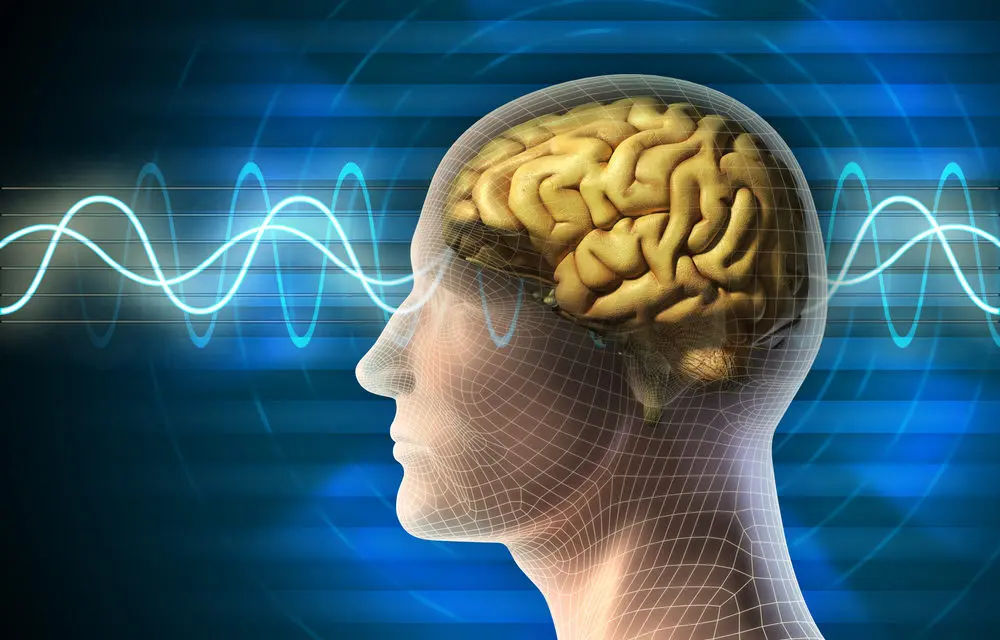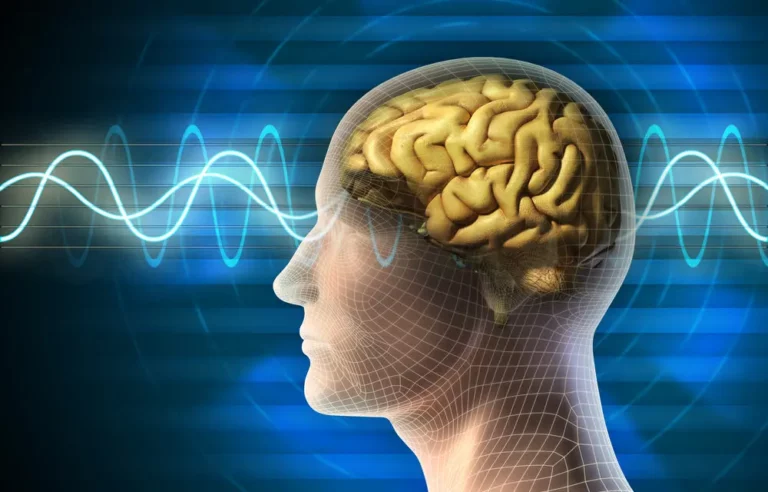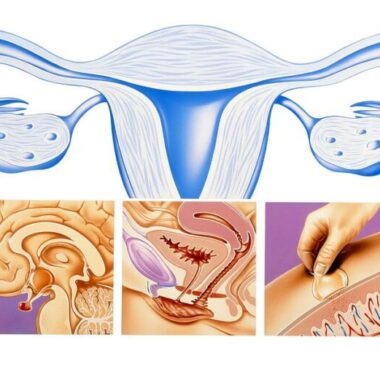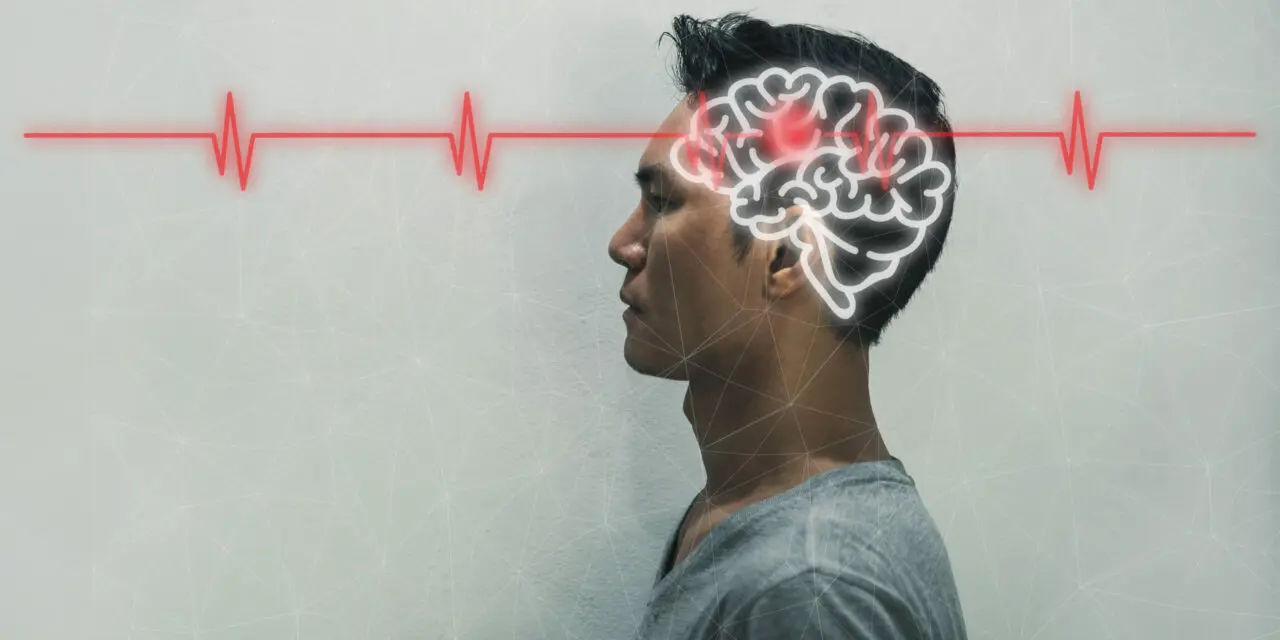Seizures and Epilepsy
Table of Contents

An important new study shows that seizures may be inhibited by the prior use of low frequency, low intensity PEMFs.
POSITIVE FINDINGS IN RECENT STUDY
Mice were injected with an agent that almost always induces seizures. There were several groups. One did not get PEMF exposure to serve as a control. Others were exposed 2 hrs per day for different duration’s of the PEMF prior to injection. This was for 1 day, 3 days, 2 weeks, or 1 month. The dose of agent needed to induce seizures was determined. All exposures produced benefit, but the longest duration of exposure produced the strongest, most significant protection, with the amount of protection increasing with the duration of exposure. Seizures were induced in all PEMF unexposed mice. This study indicates that long term PEMF use at or around 2 hours per day will provide the greatest protection at the PEMF intensity and frequency used.
LONG-TERM USE
It is not known whether stronger PEMFs will exert more protection. It’s also unknown whether longer exposure times per day will be better. It is also not established whether these results can be expected in humans, but the results provide very strong support that these types of PEMFs could be considered to be effective even in humans. This type of research cannot ethically be conducted in humans, so it may never be known for certain, except that other approaches to studying this possibility could be considered. At the very least, the results provide support for reducing concern that these types of PEMFs may initiate seizures.
Since seizures in humans are somewhat unpredictable as to when they may occur, use of PEMFs would likely be needed to be used long term, if not lifelong. Since animals are typically more sensitive to PEMFs than humans, these PEMFs may even be useful in children, particularly when seizure activity is frequent and poorly controlled by medication. The situation of intractable seizures is a fairly common and frustrating health and management problem.
This study points out that longer treatment times are likely needed than most PEMF systems can deliver without some inconvenience. So, if someone were to consider using PEMFs for managing seizures, they would need a system that can be applied for extended times.
CONCLUSION
I cannot advise that PEMFs should be relied on as a sole therapy for seizures, except in the circumstance of medication intolerance or poor control with available medications. Seizures have many causes, so results may be unpredictable depending on the cause. This study did not address different forms of seizures. Ultimately, individual experience will have to guide how this form of therapy would be able to be used.
It could also be expected that PEMFs used along with medication may allow medication dosing to be reduced. Thus, reducing risk of side effects. In almost no circumstance could I advise stopping seizure medications prior to knowing how effective the PEMF therapy would be.
Fadakar K, Saba V, Farzampour S. Acta Neurol Belg. 2013 Jun;113(2):173-7. Effects of extremely low frequency electromagnetic field (50 Hz) on pentylenetetrazol-induced seizures in mice.










